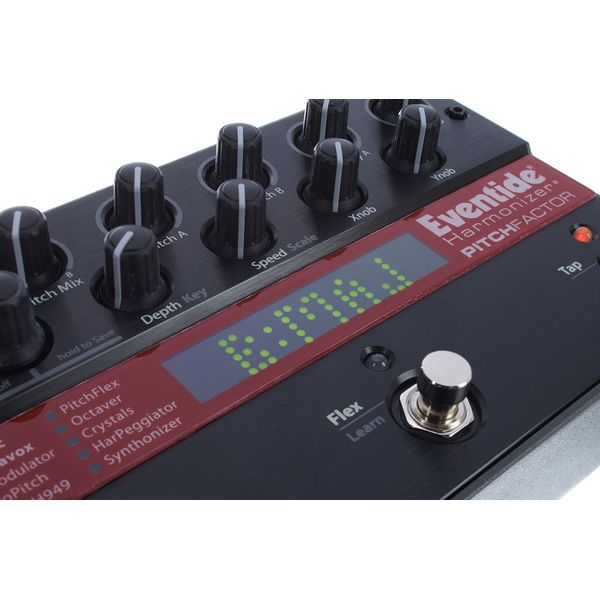

It was also one of the first multi-effects processors, and included a built-in delay unit, allowing modulation effects like chorus, phase, and echo.ĮMT only produced 250 EMT 250 units - although they quickly released the updated EMT 251, which included an expanded feature set. The EMT 250 included a much more robust feature set than it’s predecessor, with pre-delay controls and separate high and low-frequency decay times.

The massive size of the EMT 140 was a common complaint from engineers, so EMT designed the EMT 250 as a floor standing unit with large level and push-button controls. Nearly two decades after the release of the EMT 140, EMT teamed up with Dynatron to create the EMT 250 Electronic Reverberator Unit in 1976. Popular emulations of the EMT 140 are available from PSPaudioware, Audio Ease, Slate Digital, Soundtoys, Universal Audio, and Waves. Although they tend to have a rather metallic sound, the EMT 140 is revered as one of the best sounding plate reverbs of all time, and was used on many major records made in the late 50s and early 60s. The whole package weighed about 600 pounds, but it was cheaper than building a dedicated reverb chamber. But up until around the 40s, the only way to apply reverb to a recording was to move the mic further away from the sound source - and the only way to apply delay wa Play Video Reverb and delay plugins are common tools for every modern mixing engineer - most DAWs even include their own effects plugins for free.

The mic signal was then sent to a transducer attached to the frame, causing it to vibrate, and a small dampening plate controlled by a motor was used to dial in the length of the reverb. It was created by suspending a 6 x 10’ sheet of metal inside a giant steel casing. EMT 140Įlektro-Mess-Technik, better known as EMT, introduced the very first plate reverb in 1957: the EMT 140 Reverberation Unit. Just like analog EQs and compressors, some engineers still swear by what these hardware units provide, which is why all the following reverb and delay units have plugin emulations. Many of these effects units produced have been used on countless hit records over the years.
#Uad eventide h910 on vocals install#
Putnam went on to install reverb chambers in studios all across the country - until outboard reverb and delay units became increasingly available in the late 50s. was the first engineer to use “artificial reverb” on a track (“ Peg o’ My Heart” by The Harmonicats, which was a huge hit). In 1947 Universal Audio’s Bill Putnam, Sr. But up until around the 40s, the only way to apply reverb to a recording was to move the mic further away from the sound source - and the only way to apply delay was by daisy-chaining two tape machines together.


 0 kommentar(er)
0 kommentar(er)
